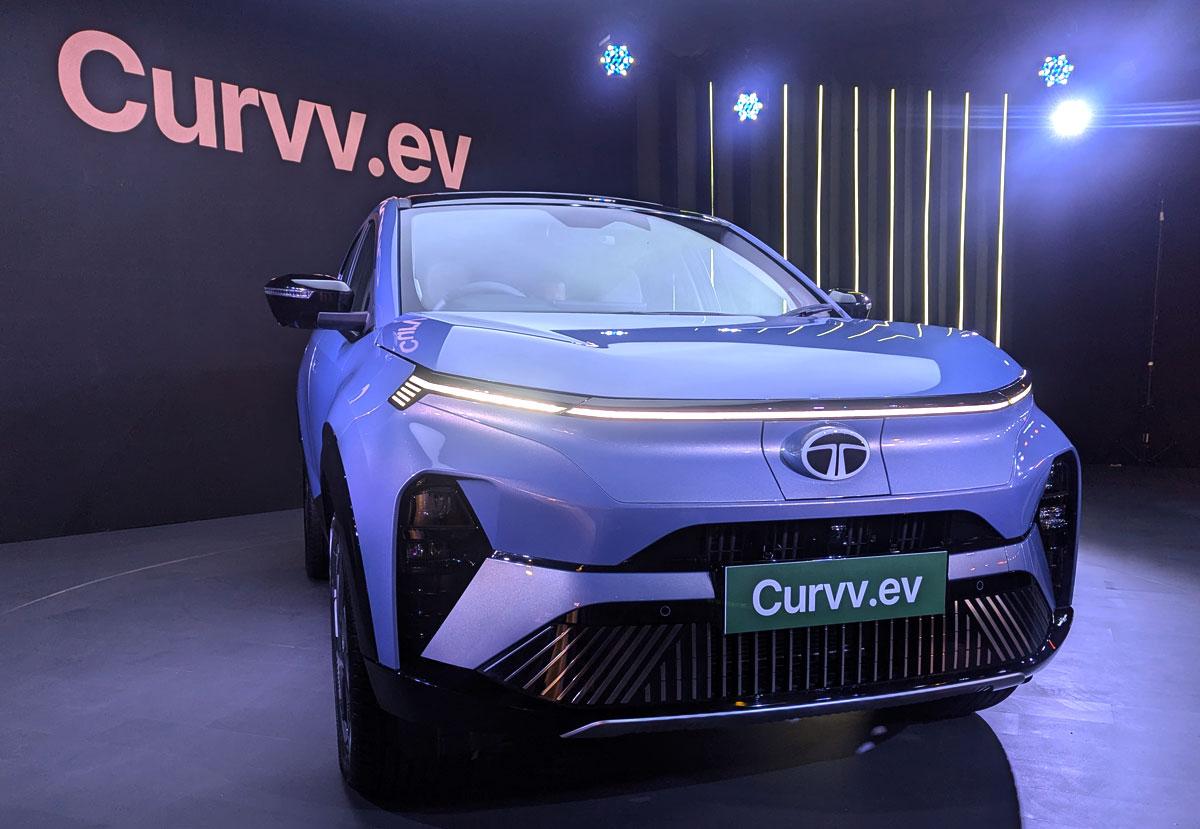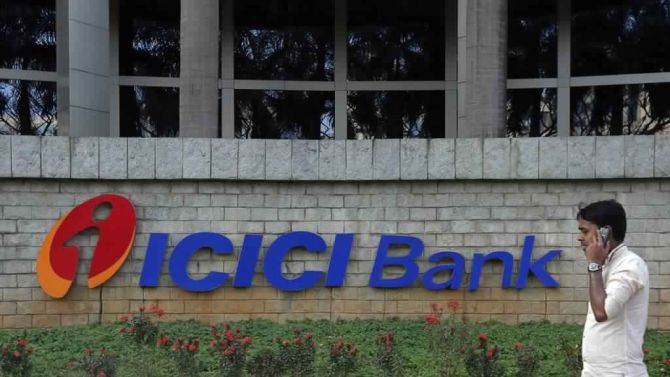Tata Motors is hoping to beat its target year of 2030 and have 30 per cent of its portfolio comprising electric vehicles (EVs), according to Chairman N Chandrasekaran, who was speaking at the company’s last annual general meeting (AGM) ahead if its demerger.

Photograph: Rajesh Karkera/Rediff
EVs constitute 15 per cent of the company’s sales.
As it eyes growth in EVs, the company is keeping a close watch on shortages in rare-earth magnets (critical EV components) and also exploring alternative sourcing options.
At the AGM, which started with a one-minute silence to honour those who died in the recent Air India crash, Chandrasekaran assured the shareholders of the company that the recent crisis around the availability of rare-earth magnets was not a concern as of now for Tata Motors.
“We are not facing any issues. We are able to source the magnets that we need and we also have plans for having the right level of inventory,” Chandrasekaran said.
He added that the company was working with the government and also sourcing from alternative sources.
“As of now this is not a concern, but this is something that we are watching carefully,” Chandrasekaran said.
Earlier this week R C Bhargava, chairman, Maruti Suzuki India, had said the company had stocks of rare-earth magnets imported from China and those would last until the end of July.
It will prepare a “contingency plan”, including exploring alternatives if the issue remains unresolved by then.
Analysts, however, have pointed out that China’s export restrictions on rare-earth magnets could delay the penetration of EVs in India.
India Ratings and Research said on Friday it believed that while the immediate impact on auto sales in FY26 was expected to be limited, given the low level of EV penetration in the country, prolonged constraints could disrupt the overall automotive production, including internal combustion engine (ICE) vehicles.
Rare-earth magnets are used in a major way for motors and batteries, two of which are the core components of an EV.
A prolonged restriction on the import of these could hinder EV penetration in the country, the analysts said.
“In contrast, the amount of rare-earth magnets used in ICE components is fairly little and given their alternatives available, the overall production of ICE vehicles is unlikely to be material,” said Shruti Saboo, director, India Ratings.
Chandrasekaran said the net-zero (emission) goal for Jaguar Land Rover (JLR) was 2039, for passenger vehicles (PV) 2043 and for commercial vehicles (CV) 2045.
He said that Tata Motors in India was the pioneer of EVs and was committed to the transition to such vehicles.
However, on hydrogen-powered vehicles, Chandrasekaran said market growth in the segment would happen in the near-term.
The company has 12 hydrogen vehicles (CVs) running and will also continue to invest in the technology.
The cost of operation and cost of production are way too high for hydrogen vehicles to gain market traction, he said.
As for the impact of tariffs, the chairman said they were a major issue, primarily for JLR.
“From 2.5 per cent the tariffs would have gone up to 27.5 per cent, but with the United Kingdom-United States trade deal, they would not drop to 10 per cent.
“The impact of this is around 1.6 billion pounds. But JLR has taken a lot of steps to reduce the impact of this to around 600 million pounds,” Chandrasekaran said.
The Tata Motors demerger is expected to happen in the October-December quarter.
The passenger-vehicle company will list first, and the commercial-vehicle company will do so a couple of months later.
PB Balaji, group chief financial officer, said: “The intention is to carry the legacy of the automotive group, the continuity of purpose, strength of culture and clarity of execution.”
The free cash flows, profitability and return on capital employed (RoCE) will continue after the demerger of the firm.
Looking ahead, Balaji said he expected the free cash flow in the commercial-vehicle business to be 7-9 per cent of revenue (post tax) by 2027.




